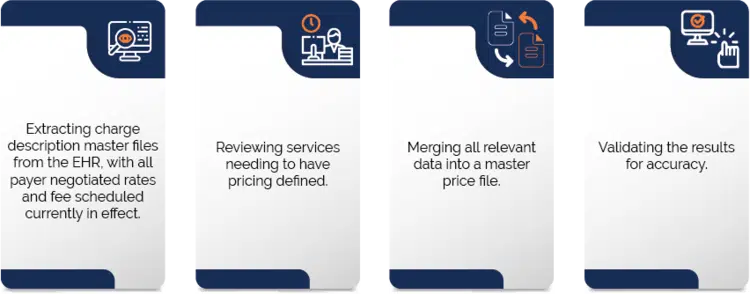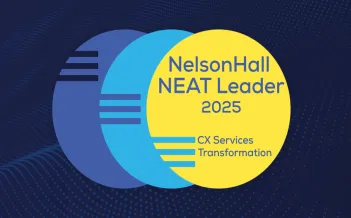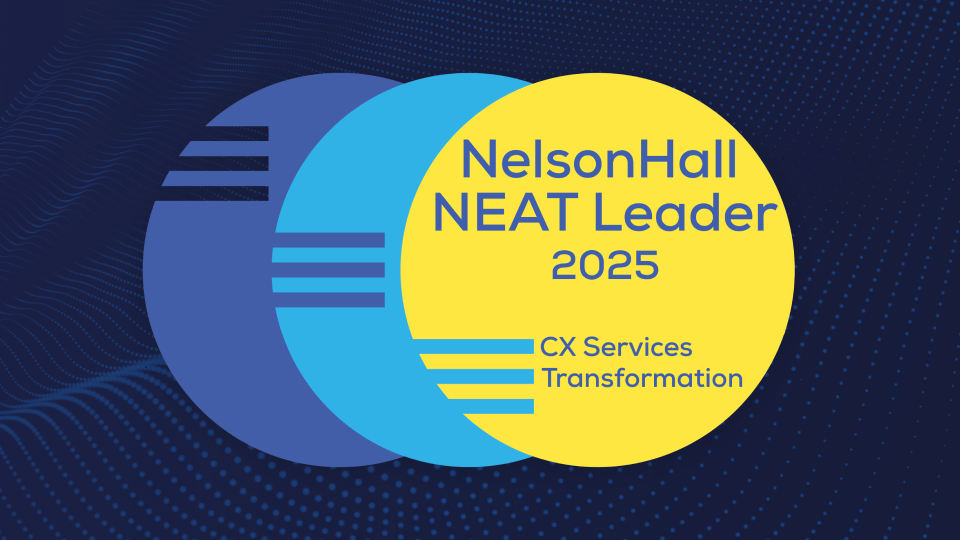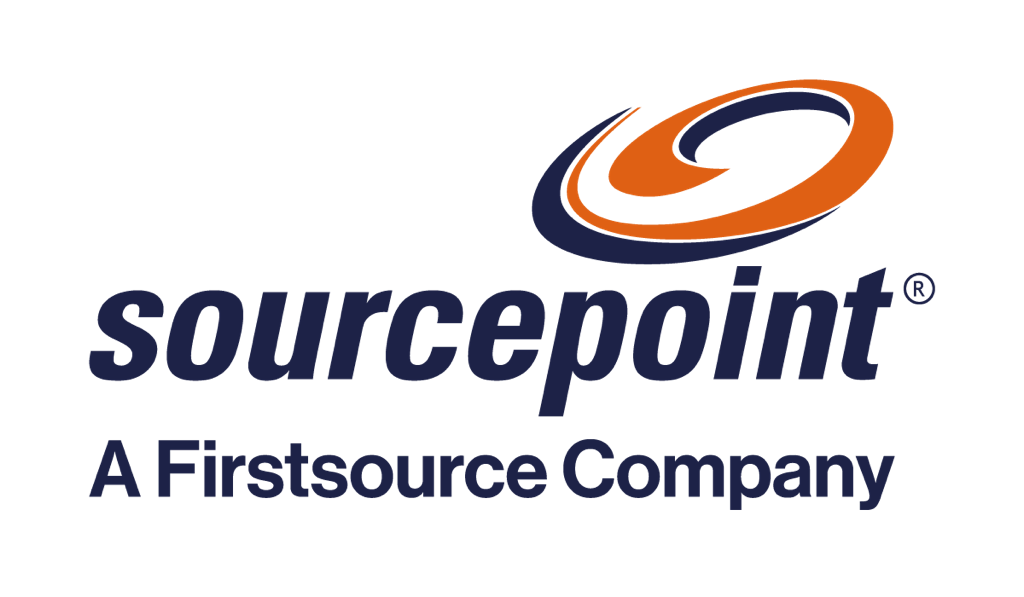How Healthcare Providers can use automation to meet CMS price transparency quickly and cost-effectively
Centers for Medicare & Medicaid Services (CMS) has mandated that hospitals meet price transparency requirements by January 1, 2021, for 300 commonly shopped services. To comply with this requirement, adapt, and respond to highly likely changes and additional requirements, it is time to identify a cost-effective, flexible, and rapidly deployable approach.
Successfully meeting CMS price transparency requirements will not only put your organization in compliance and avoid regulatory penalties but will help increase your patient engagement and point-of-service payments.
CMS estimates each hospital will spend on average 150 hours to review and post their standard charges for 2021. Amid existing resource constraints on patient-centric tasks, this requirement further consumes valuable time that can instead be devoted to patient care by Healthcare Providers. According to a recent survey, 49% of patients say having a clear estimate of financial responsibility will affect whether they see a certain provider. With the right partner, providers can offset costs and strain on staff with Intelligent Automation, grow provider collections, and ease the administrative burden of transitioning to the CMS price transparency mandate.
How Intelligent Automation helps Providers meet price transparency requirements
As per the final rule, CMS is requiring each US hospital to publish clear, accessible pricing information for 300 “shoppable” services no later than January 1, 2021. CMS requires providers to list 70 specific services, which are listed in the final rule (PDF), and select at least 230 more. The criteria for hospital-selected services are open and can vary based on high utilization rates, services that competitors don’t offer, or services that provide a high margin. Providers must also list ancillary services that are commonly provided with primary services. This information must be published online, require no logins or personal health information (PHI) for access, and be offered in a consumer-friendly format. They must also publish a machine-readable file of their rates for all services, not just the shoppable services. CMS has provided templated layouts and specified a required naming convention for machine-readable files.
CMS requires hospitals to list five types of standard charges: gross, the discounted cash price, negotiated prices with specific payers, and the de-identified minimum and maximum negotiated charges. To obtain much of this information, providers need to understand the specific terms of their managed care contracts with Health Plans and other Providers.
Intelligent Automation can cost-effectively help Providers meet these requirements by:

Any exceptions are easily handled by staff and the machine-readable master price information is then published onto the website. Automation allows the process to be rerun quickly at the required frequency which significantly reduces manual effort and time involved in compiling, validating and updating the master price file. Time to deploy an automated solution for price transparency is less than three weeks and requires minimal upfront investment.
Intelligent Automation is Robotic Process Automation (RPA), powered by Artificial Intelligence and cognitive technologies.It can help achieve exceptional accuracy and efficiency in data management while improving the patient experience. Intelligent Automation can also significantly cut the cost of operations resulting in faster revenue recognition.
Price transparency is part of a larger movement within healthcare to create a better overall digital patient experience. Providers must be ready to meet the expectations of patients as consumers of healthcare services who increasingly expect seamless engagements with hospitals – from scheduling appointments to paying bills to seeing physicians in virtual care visits. Intelligent Automation allows Providers to meet patient expectations by increasing efficiency and enabling their staff to focus on value-added services by significantly reducing manual administrative and time-consuming tasks.
At Firstsource, we offer Automation as a Service (AaaS) across clinical and revenue management value chains, spanning the end-to-end journey from initial patient engagement with the health system to back-office administrative support. From automating core EHR functions, revenue cycle management, Finance, and Accounting, contact center operations to automating processes such as prior authorization, patient scheduling, eligibility verification, and physician credentialing, our Intelligent Automation solutions and services positively impact revenue, patient experience, and employee satisfaction.
Featured Resource
To learn more about how Intelligent Automation can make a difference to your hospital or healthcare system, download our Intelligent Automation whitepaper.










